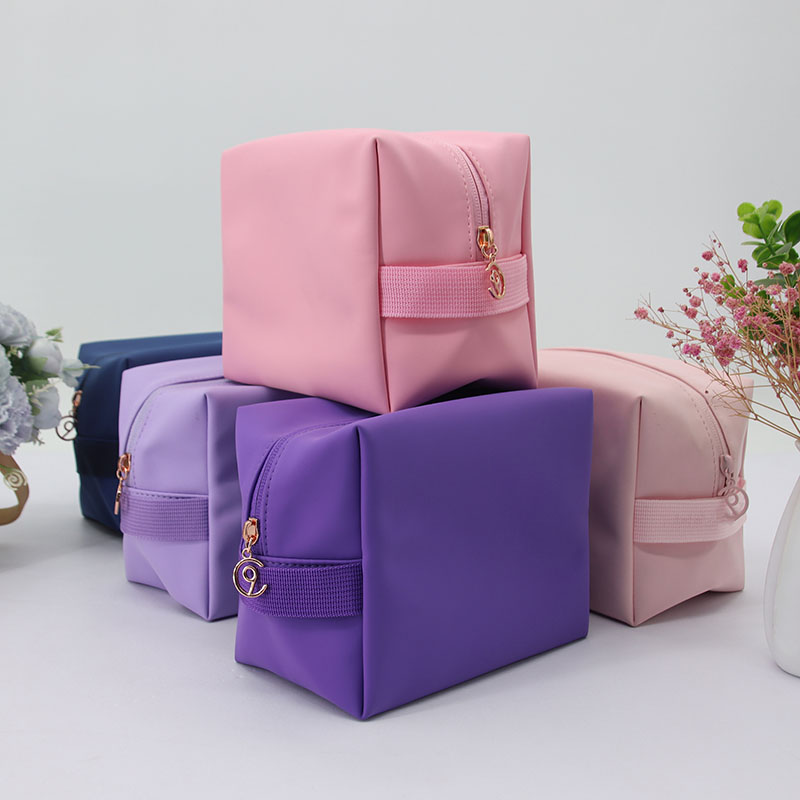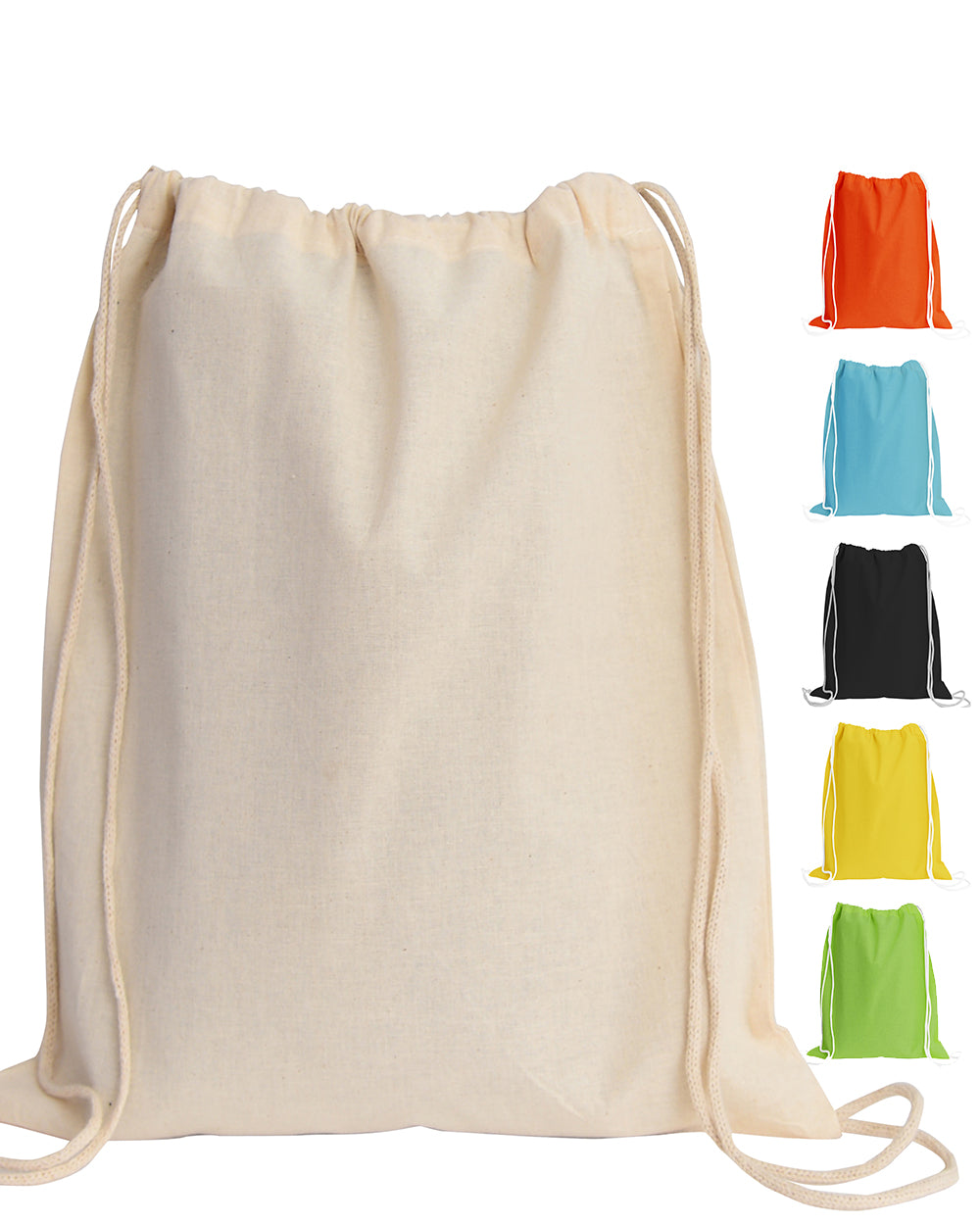Nylon is inherently water-resistant, not waterproof. It resists water penetration to a degree but will soak through under prolonged exposure or pressure.
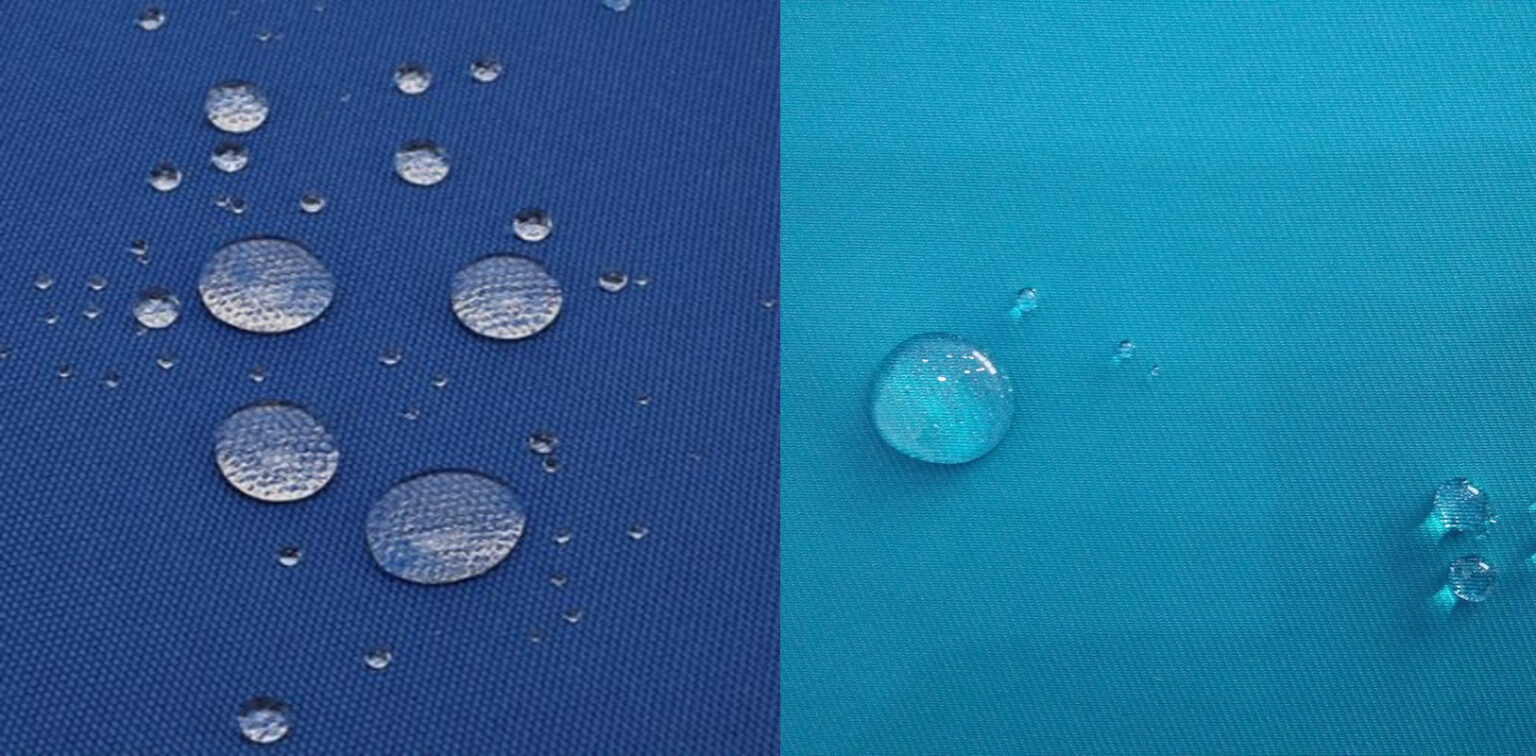
Table of Contents
- The Core Distinction: Waterproof vs. Water-Resistant
- Why is Nylon Naturally Water-Resistant?
- How is Nylon Made More Protective Against Water?
- Exploring Different Types of Nylon Fabric
- Practical Applications and Limitations
- Nylon vs. Other Materials: A Quick Comparison
- Caring for Your Nylon Gear to Maintain Water Resistance
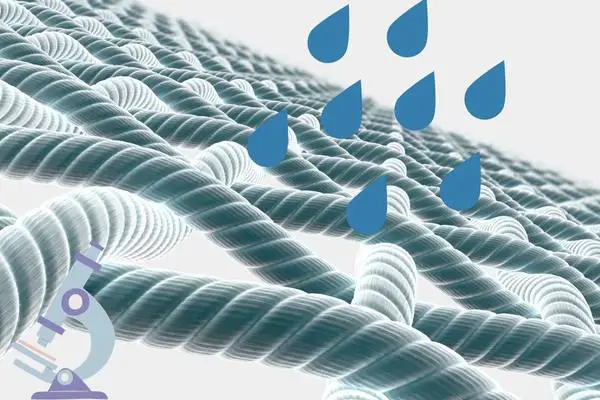
The Core Distinction: Waterproof vs. Water-Resistant
Understanding the properties of nylon begins with a crucial distinction in terminology. The terms water-resistant and waterproof are often used interchangeably, but they represent significantly different levels of protection against moisture. This difference is fundamental to choosing the right material for your needs, whether for apparel, outdoor gear, or accessories.
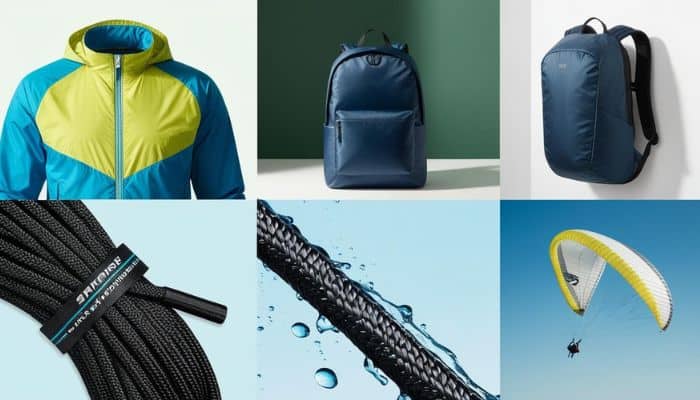
A water-resistant material has the ability to resist the penetration of water to some degree but not entirely. The fabric is typically woven tightly, which causes water to bead up on the surface and roll off. This provides protection against light rain, mist, or minor splashes. However, under sustained exposure, heavy rain, or pressure, water will eventually seep through the material.
A waterproof material, on the other hand, provides a complete barrier to water. It is impervious to moisture, even during prolonged immersion or under intense pressure. True waterproof fabrics often incorporate membranes or coatings that seal off any pores or gaps, ensuring no water can pass through. This level of protection is essential for items like high-performance rain jackets or dry bags.
| Feature | Water-Resistant | Waterproof |
|---|---|---|
| Protection Level | Resists light moisture, splashes, and brief showers. | Provides a complete barrier against water, even in heavy rain or submersion. |
| Breathability | Generally more breathable, allowing air and moisture vapor to pass through. | Can be less breathable unless equipped with advanced membrane technology. |
| Common Use | Windbreakers, everyday backpacks, light jackets. | High-performance rain gear, tents, dry bags. |
Why is Nylon Naturally Water-Resistant?
Nylon’s inherent water resistance stems from its chemical composition and physical structure. As a synthetic polymer, nylon fibers are essentially a type of plastic. Unlike natural fibers such as cotton or wool, which are highly absorbent, nylon fibers themselves do not readily soak up water. A nylon fiber can only absorb about 3-4% of its weight in water, which contributes significantly to its quick-drying properties.
The structure of the fabric also plays a vital role. Nylon threads are woven together very tightly, minimizing the gaps and pores through which water molecules can pass. This tight weave encourages water to bead on the surface rather than immediately soaking in. While this provides a solid first line of defense against moisture, it isn’t a perfect seal. Under pressure from driving rain or a heavy object, water can be forced through these microscopic gaps.
How is Nylon Made More Protective Against Water?
While standard nylon offers a base level of protection, its water resistance can be dramatically enhanced through specialized coatings and finishes. These treatments are designed to either block water from entering the fabric’s weave or make the surface so slick that water cannot adhere to it.
The Role of Polyurethane (PU) Coatings
One of the most common methods for boosting nylon’s performance is applying a Polyurethane (PU) coating. This involves spreading a thin layer of liquid polyurethane onto the inner side of the fabric. The coating fills the microscopic gaps in the weave, creating a solid, impenetrable barrier that prevents water from passing through. PU coatings are effective, durable, and relatively inexpensive, making them a popular choice for backpacks, tents, and rain jackets.
The level of water protection is often measured by its hydrostatic head rating, which indicates how much water pressure the coating can withstand before it leaks. A higher rating means greater waterproof performance.
Understanding Durable Water Repellent (DWR) Finishes
Another widely used treatment is the Durable Water Repellent (DWR) finish. Unlike a PU coating that creates a barrier on the inside, a DWR is a chemical treatment applied to the exterior of the fabric. It works by reducing the surface tension of the material, causing water droplets to form into round beads and roll right off, a phenomenon known as the “lotus effect.”
DWR is critical because it prevents the fabric’s outer layer from becoming saturated with water. When a fabric “wets out,” it feels heavy, cold, and its breathability is significantly reduced. It is important to note that a DWR finish is not permanent. It can wear off over time due to abrasion, dirt, and washing. Fortunately, it can be reactivated with heat or reapplied with commercially available spray-on or wash-in products.
Exploring Different Types of Nylon Fabric
The term “nylon” refers to a family of polymers, and different manufacturing processes create fabrics with distinct characteristics. Two of the most well-known variants in performance gear are ripstop and ballistic nylon, each offering a unique blend of durability and water resistance.
Ripstop Nylon
Ripstop nylon is easily identifiable by the square grid pattern of reinforcement threads woven into the fabric. This design is engineered to stop tears from spreading. If a puncture does occur, the thicker threads in the grid will contain it, preventing a small snag from becoming a large rip. Ripstop is lightweight and strong, making it ideal for products where weight is a concern, such as parachutes, sails, and lightweight tents. It is almost always treated with a PU coating or a DWR finish to provide reliable water resistance.
Ballistic Nylon
Originally developed for military flak jackets during World War II, ballistic nylon is a thick, tough, and highly durable fabric. It is known for its exceptional resistance to abrasion and tearing. Its dense, basket-weave construction provides a high degree of natural water resistance even before any coatings are applied. Today, it is a premium material used in high-end luggage, heavy-duty backpacks, and tool belts where maximum durability is the priority. When combined with modern coatings, ballistic nylon offers outstanding protection against moisture.
Practical Applications and Limitations
Thanks to its strength, light weight, and water resistance, treated nylon is a go-to material for a vast range of products. It is a staple in the outdoor industry for jackets, pants, tents, and backpacks. It’s also widely used for luggage, camera bags, umbrellas, and linings in high-quality goods.
However, it is essential to recognize its limitations. The overall water protection of a product is not solely dependent on the fabric. The weakest points are often the seams and zippers. Unless seams are sealed with waterproof tape and zippers are laminated or covered with a storm flap, water can easily leak through these areas, compromising the entire item. Furthermore, as coatings and DWR finishes wear down over time, the fabric’s ability to repel water will diminish, requiring maintenance to restore its performance.
Nylon vs. Other Materials: A Quick Comparison
Choosing the right material often involves weighing the pros and cons of different options. How does nylon stack up against other popular textiles like polyester and traditional materials like leather?
Nylon vs. Polyester
Nylon and polyester are both synthetic fabrics with similar water-resistant properties. They are both strong, durable, and resistant to mildew. The main differences lie in a few key areas. Nylon is generally stronger and more stretchable than polyester, with superior abrasion resistance. However, polyester is more hydrophobic, meaning it absorbs even less water than nylon. It also offers better resistance to UV degradation, making it a better choice for items with prolonged sun exposure, like tents or car covers.
Nylon vs. Full-Grain Leather
When comparing nylon to a premium natural material like full-grain leather, the choice becomes one of function and aesthetic. Nylon offers a modern, technical solution focused on being lightweight and highly resistant to the elements with synthetic coatings. It is practical and serves its purpose well in active or casual contexts.
Full-grain leather, by contrast, offers a different kind of performance rooted in natural resilience and timeless style. While not waterproof, high-quality leather is naturally water-resistant and can be treated to enhance this property. Its true strengths lie in its unparalleled durability and the way it ages. Unlike nylon, which can degrade over time, full-grain leather develops a rich patina, a unique character that tells a story of its journey. For sophisticated accessories like the handcrafted bags from Beldtura Leather, the choice of full-grain leather signifies a commitment to longevity, craftsmanship, and an elegance that synthetic materials cannot replicate. It represents an investment in a piece that grows more beautiful with use.
Caring for Your Nylon Gear to Maintain Water Resistance
To ensure your nylon products continue to protect you from the elements, proper care is essential. Regular maintenance can significantly extend the life of water-resistant coatings and the fabric itself.
- Cleaning: Dirt, oil, and grime can abrade the fabric and compromise the DWR finish. Clean your nylon gear with a soft brush and a mild, non-detergent soap. Harsh detergents can strip away the water-repellent coatings.
- Drying: Always air-dry nylon items completely before storing them. Storing damp fabric can lead to the growth of mildew, which can damage the material and its coatings.
- Reapplication: If you notice that water is no longer beading on the surface, it is time to refresh the DWR finish. After cleaning the item, you can use a spray-on or wash-in DWR product to restore its water-repellent properties. Following the product’s instructions is key to a successful application.
By understanding the inherent properties of nylon and how it is enhanced, you can make more informed decisions about the gear you rely on. While nylon itself is not a waterproof shield, its combination of strength, lightness, and enhanced water resistance makes it one of the most versatile and valuable materials in modern manufacturing.

